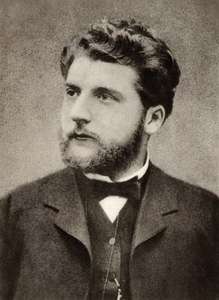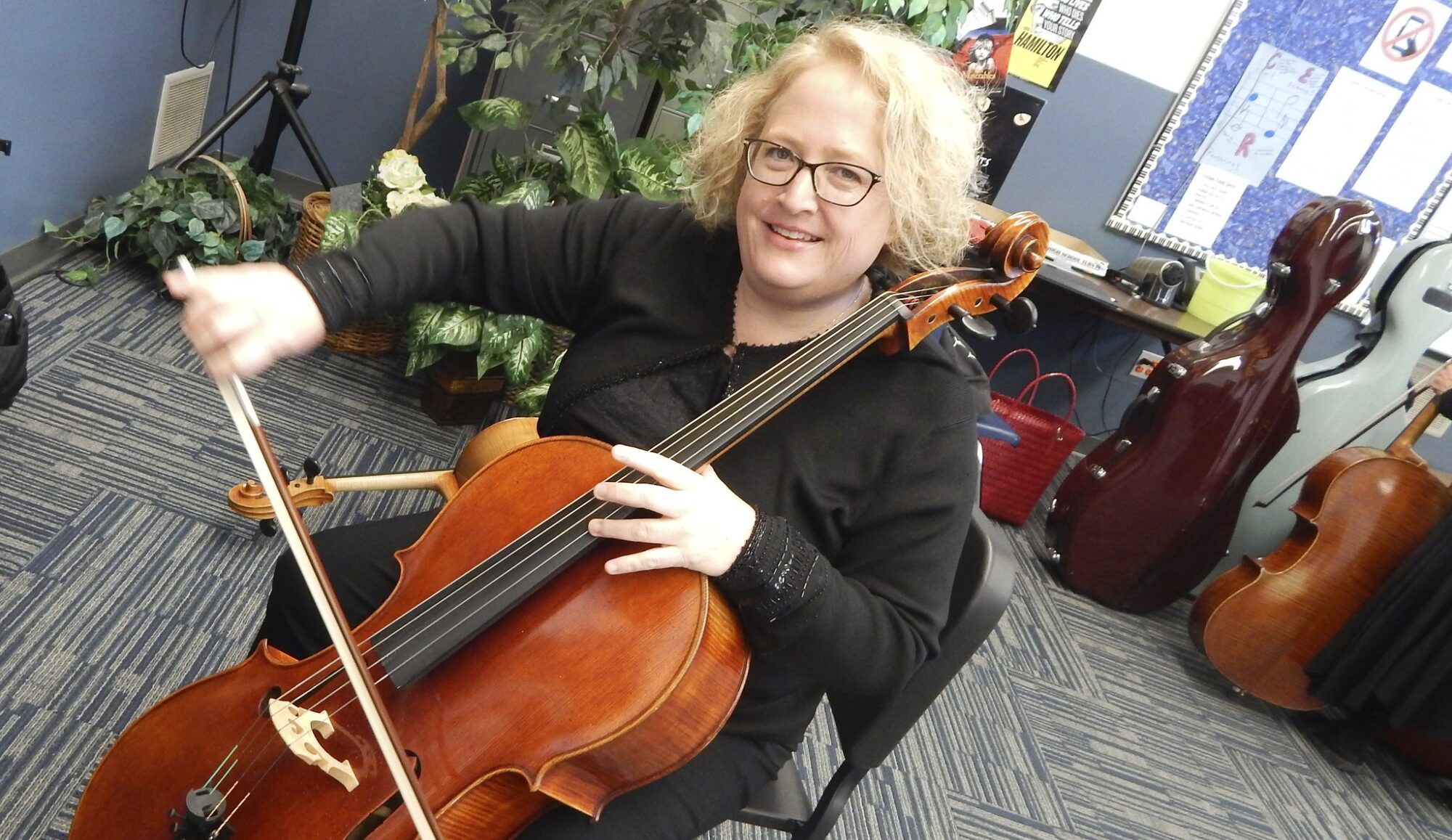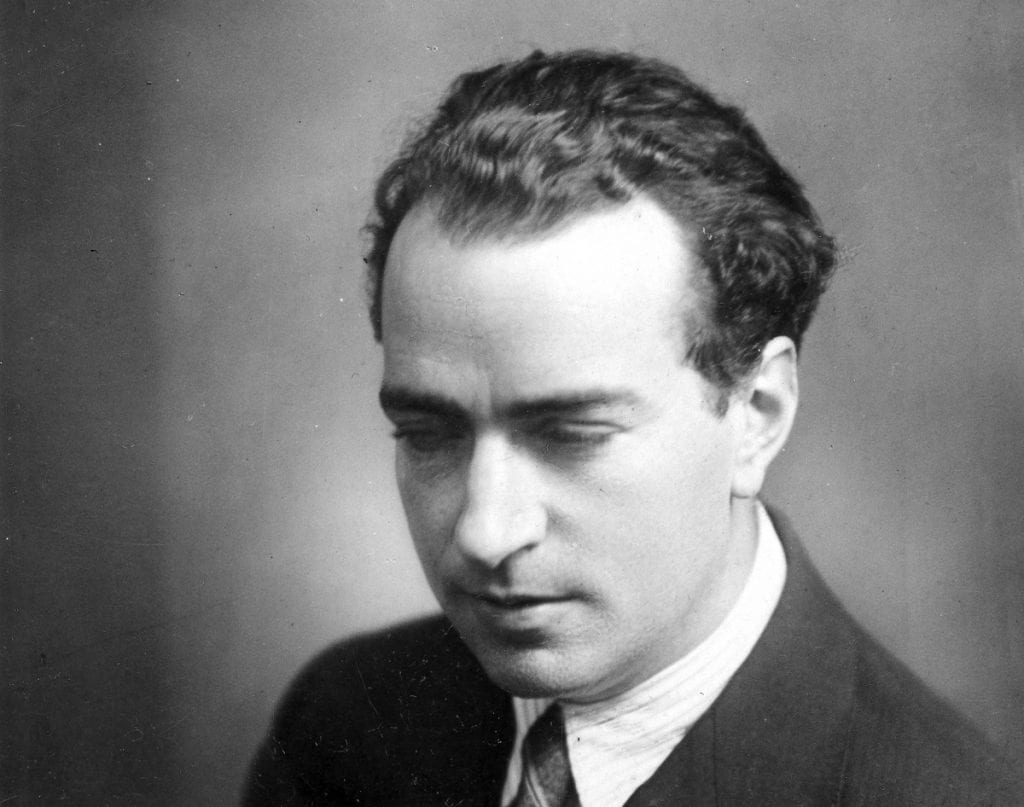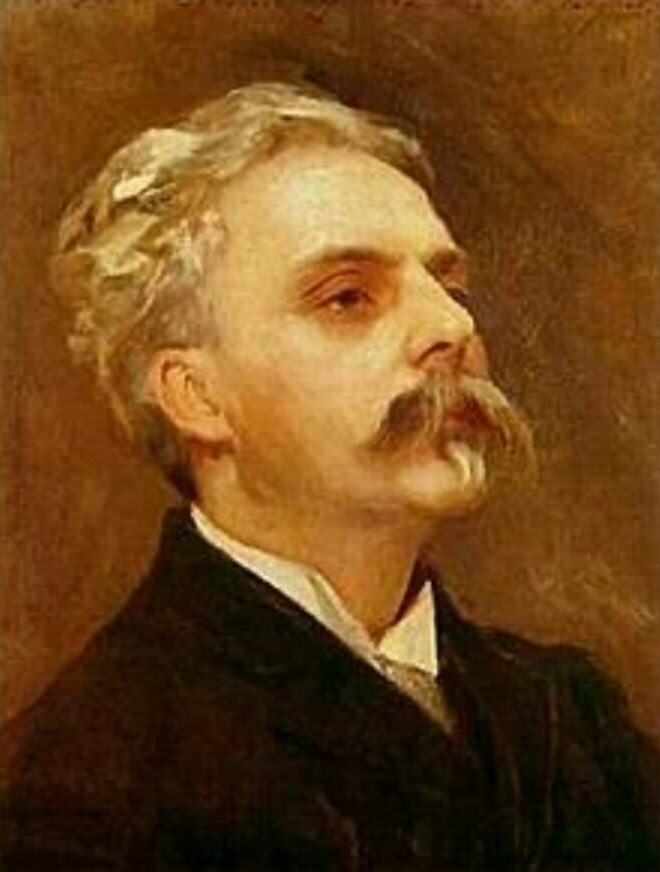
French composer Georges Bizet’s “Carmen,” written in 1874, became the world’s most performed opera. Despite its eventual success, Bizet died in Paris of a “broken heart” (a ruptured artery) at age thirty-seven due to the initial “failure” of the work.
Some critics considered this piece “indelicate” in its depiction of the opera’s subject matter — the downfall of a soldier after Carmen seduces and abandons him. However, the story appealed greatly to the Parisian theatre-goers.
The “Carmen Suite” contains music derived from the opera and was published between 1882 and 1887, years after Bizet’s death.
The opening prelude introduces the ominnous theme associated with both Carmen and her fate at the hands of her lover, Don Jose. The following aragonaise (a dance from the region of Aragon in Spain) is the festive yet sinuous music that opens the final act of the opera as crowds arrive for a parade outside the bullring. An intermezzo, a serenely melancholic section based on the prelude to the final act, leads to a seguiedille that Carmen sings to seduce Jose. The suite ends with a jaunty military march, “Les Dragons d’Alcala,” followed by the famous march “Les Toreadores,” the entry of the bullfighters, which is actually the opening piece of the opera.


